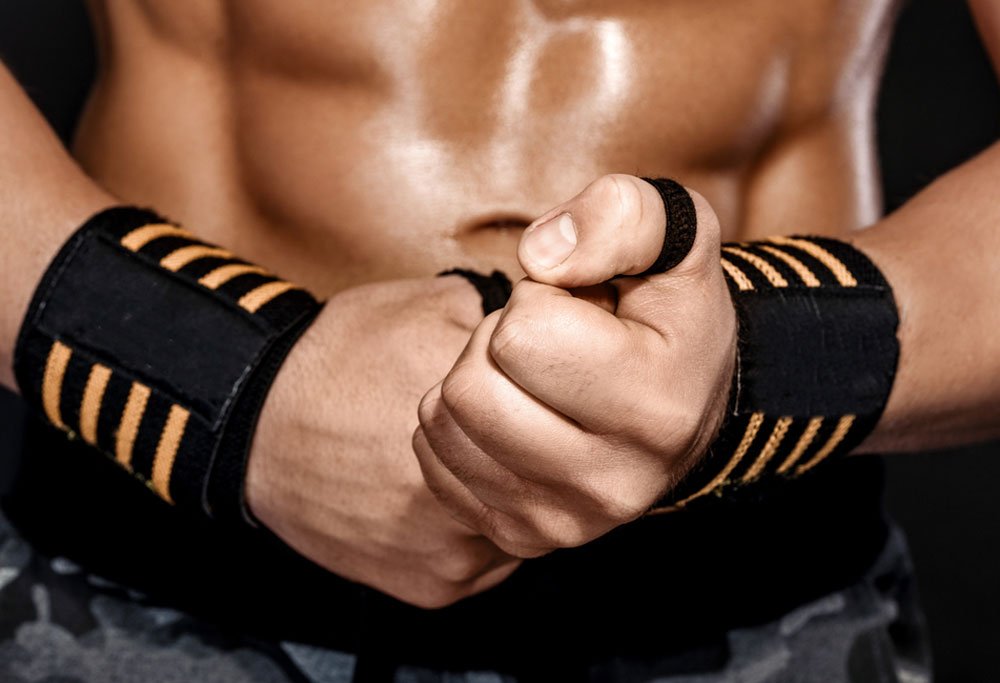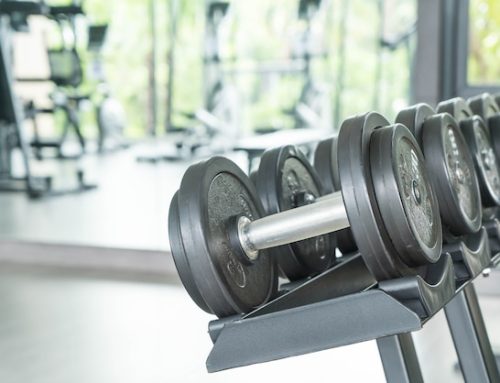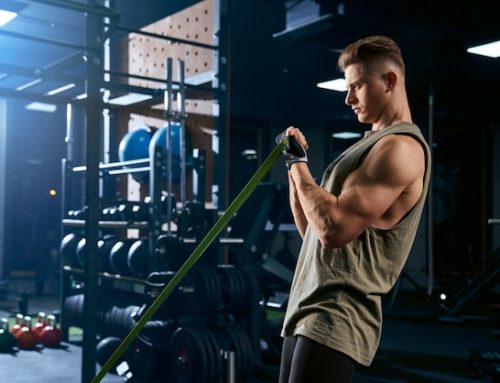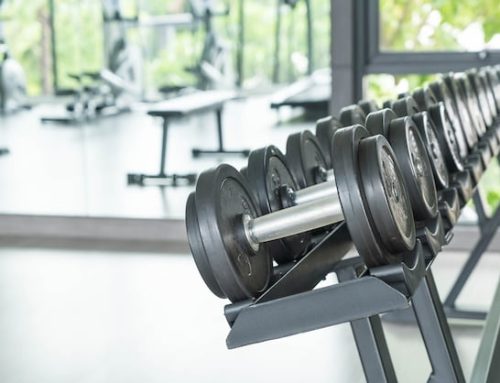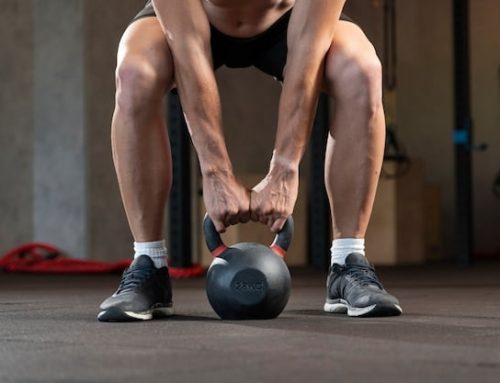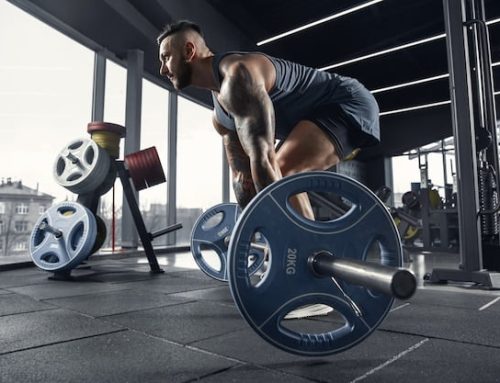For people serious about their gym workouts, lifting weights using wrist wraps can add an extra layer of support and protection from the risk of injury. Wrist straps or wraps are widespread sights with competitive weightlifters; some claim they help their lifting performance.
However, there is a difference between wrist wraps and straps, and many people use them for different purposes. But what is the difference between wrist wraps and wrist straps, and why does it matter?
The main difference is in their function. Wrist wraps are designed to be snugly wrapped around the wrist to offer extra joint support while lifting or pressing heavy weights.
On the other hand, wrist straps, while also physically wrapped around the wrist, are also wrapped around the lifting bar. They work to help support a weak grip while lifting and pulling heavy weights.
Wrist straps vs wrist wraps – which to choose?
Deciding between using wrist wraps or straps for your gym workouts can sometimes be overwhelming, especially if you are new to exercise that involves lifting weights.
There are pros and cons to using both, so we want to highlight these to help with your decision-making. Firstly, we look at what wrist straps are, how they work and how they can benefit your workout.
- Wrist straps are used to pull or lift weighted bars in the gym. They are also known as lifting straps and are wrapped around the wrist and lifting bar to create a cradle system between the lifter’s hands and the weighted bar.
- They eliminate the demand for grip strength by locking the wrist to the bar. They eliminate the possibility of grip failure, allowing you a maximum lift without the constraint of how much you can physically lift with your hands alone.
- Wrist straps help the lifter move more weight than their hand strength can handle. As your muscles become stronger and need heavier weights to continue the progression and improve performance, your demands may go beyond the capacity of your hand grip. Wrist straps enable you to continue to build your muscle strength without being limited by your grip strength.
When do you use wrist straps?
Wrist straps are beneficial while performing exercises where your hand grip is heavily involved, for example, when performing chin-ups, barbell rows and lat pulldowns. If you can complete more repetitions than your hand grip strength allows, wearing wrist straps enable you to carry on exercising past your grip-strength limit.
Anyone who enjoys the health benefits of weight training and weight lifting and wants to see a continuation in their muscle strength and performance progression will quickly become frustrated with their workouts once their grip strength stops letting them down.
Wrist straps are a valuable tool to help bypass the limiting factor of grip strength, allowing the lifter to maximise their strength potential. Their grip strength can limit a person’s strength potential as the smaller forearm muscles control it. There are specific grip techniques and forearm exercises that help to boost grip strength, but there will always be a limit that you will need help to overcome. Wrist straps enable you to do this.
The pros of using wrist straps:
- One good quality pair can last many years
- Simple to use
- They allow you to lift heavier weights in most exercises
- They allow you to push yourself to perform more repetitions per set
- They are compact and easy to pack in gym bags
- They are relatively inexpensive to buy
- They can be used for multiple exercises
- They enable you to increase your ability to grip effortlessly
The cons of using wrist straps:
- It can be easy to become over-reliant on them
- Materials matter: Leather straps are not so good at absorbing sweat and can deteriorate faster, poor-quality synthetic straps made from woven plastic can stretch and fray, and poor-quality fabric straps can stretch, tear and dig into your wrists
- Overuse can lead to developing a weaker overall grip-strength
What are wrist wraps?
Wrist wraps are similar to wrist straps in that they are wrapped around the wrist, but the difference ends there. Wrist wraps help support your wrists and keep the joint secure while lifting, pulling and pushing exercises with heavy weights.
They help make exercise movements safer by eliminating the risk of wrist overextension. The primary purpose of wrist wraps is to help your wrists remain neutral, preventing them from bending too far backwards or forwards while lifting heavy weights.
Good-quality wrist wraps use strong, yet flexible elasticated material stretched around the wrist to form a cast. The material isn’t tight enough to constrict blood flow to the hands but is strong enough to hold the wrist in a straight position.
When do you use wrist wraps?
Wrist wraps help to keep your wrists stable and supported during heavy-lifting exercises such as bench presses and overhead presses. As the barbell sits in the palm of your hand with the heavy load positioned over a neutral wrist, it can be challenging to maintain this position when using increasingly heavy weights.
Heavier barbells can cause your wrists to uncontrollably flex backwards, causing pain and injury. Using wrist wraps will help keep the barbell directly positioned on your wrist. They are only meant for use while performing heavy pressing exercises, such as overhead and chest presses.
The pros of using wrist wraps:
- A high-quality pair can last for around five years
- Easy to pack and carry in your gym bag
- They allow you to push your wrist and forearm strength beyond normal capabilities
- They are easy to use
- They are relatively inexpensive
- They can be used for multiple exercises
- They make weights feel more balanced
- They stabilise the wrist joint
The cons of using wrist wraps:
- If overused, they can cause weakness in the smaller muscle groups that support your wrist joint
- Poor-quality wraps don’t provide enough wrist support
- They can feel uncomfortable in the beginning
- They should only be used when going above 80% of the one rep max for a lift
- Velcro wraps can fray if not cared for properly
Conclusion
Are wrist straps and wraps worth the expense? Yes, absolutely! They can make a significant difference to your workout performance and help those with a weak hand grip benefit from progressive training weight increases without compromising the health of their wrists.
Beneficial they may be, but you should never use wrist straps or wraps to mask a weak grip or ignore any issues you have with your hands or wrist joints. It can help to work with a qualified trainer to help improve your forearm and grip strength.
